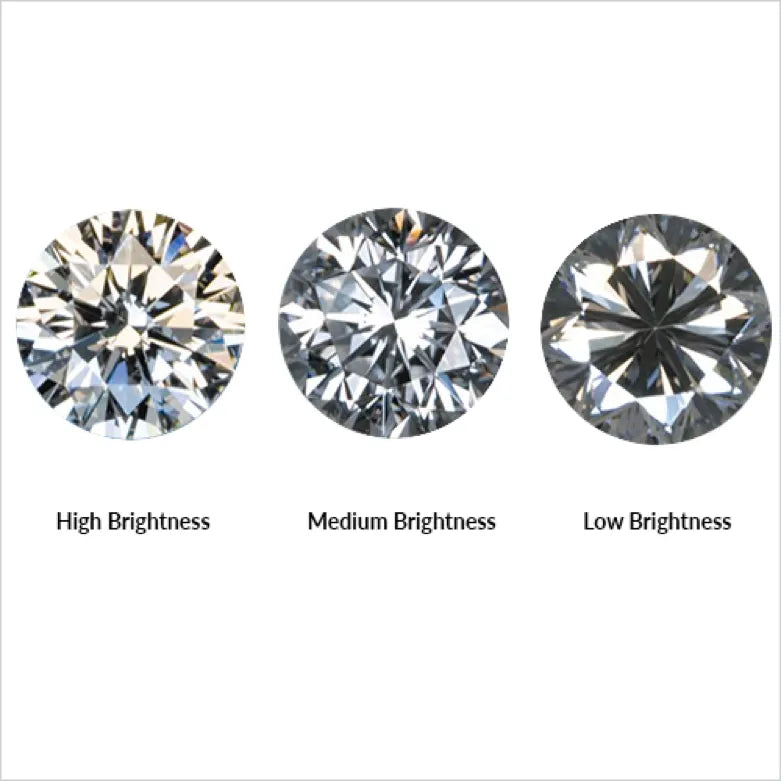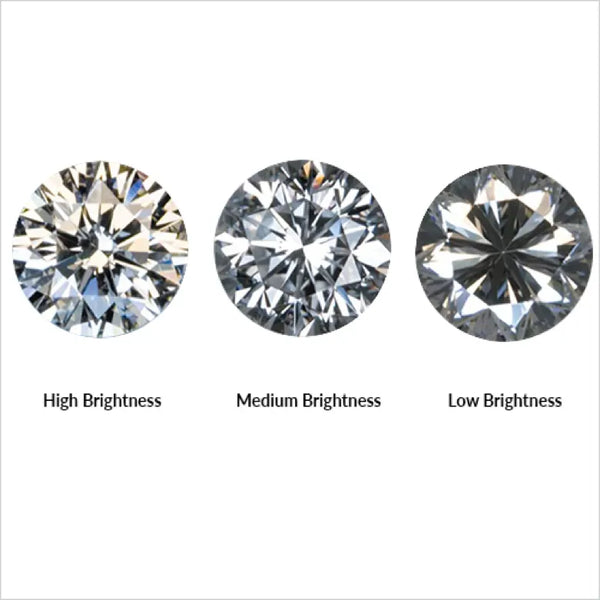
Diamonds are rare. Diamonds that are ultimately used in jewelry are really rare. Nearly 80% of the diamonds that come from mines never make it to a ring or necklace. So what is it that makes a diamond special enough to be a coveted gemstone? It starts with the 4 Cs.
There is a combination of important factors considered when placing a value on diamonds. While no two diamonds are alike, the GIA (Gemological Institute of America) developed a grading system to classify diamonds in the 1950s. By using this grading system, jewelers around the world can agree on key elements of diamonds to determine its quality. The GIA is also an independent body, which means that their analysis is not influenced by any diamond company or jeweler. They work with hard numbers and science. The “4 Cs” are the key factors considered in a typical report. The 4 Cs are cut, color, clarity, and carat.
Cut
Of the 4 Cs, this one is probably the most important. The cut of a diamond is the biggest factor in creating sparkle and fire. How a diamond is cut will determine how much light is reflected. Think of these like the mathematical angles that make light dance in a prism. A high cut grade means more light is reflected out of the top of the diamond. If you want to maximize your budget, choose the highest diamond cut grade you can afford.

Color
The highest quality diamonds are colorless. This is the second most important thing you’ll want to look at when choosing a diamond. The scale ranges from D to Z, with D being colorless and Z being light yellow or brown. The closer you get to Z in the scale, the more noticeable the yellow hue becomes.

Clarity
This measures the number of imperfections a diamond has both on the surface and internally. A flaw on the surface is called a blemish, while defects within the diamond are known as inclusions. A higher clarity grade means a diamond has fewer blemishes or inclusions. These are typically microscopic and don’t affect the diamond’s beauty.
Carat
Carat refers to a diamond’s weight, not its size. The combination of cut and carat weight is an important factor. For example, a large carat diamond with a lower cut grade will appear smaller. Whereas a smaller carat diamond with a higher cut grade will sparkle much brighter. When choosing carat weight, consider “buying shy.” This means choosing a diamond that is slightly below, or shy, of whole/half-carat marks. Instead of buying a 2-carat diamond, consider a 1.9-carat weight. The difference isn’t noticeable to the eye, but you’ll save quite a bit of money.

Understanding these key factors in how diamonds are graded should make diamond buying easier for you, and help you make a smart investment. If you ever want to know more about diamonds and diamond shopping, our staff is always happy to help!


